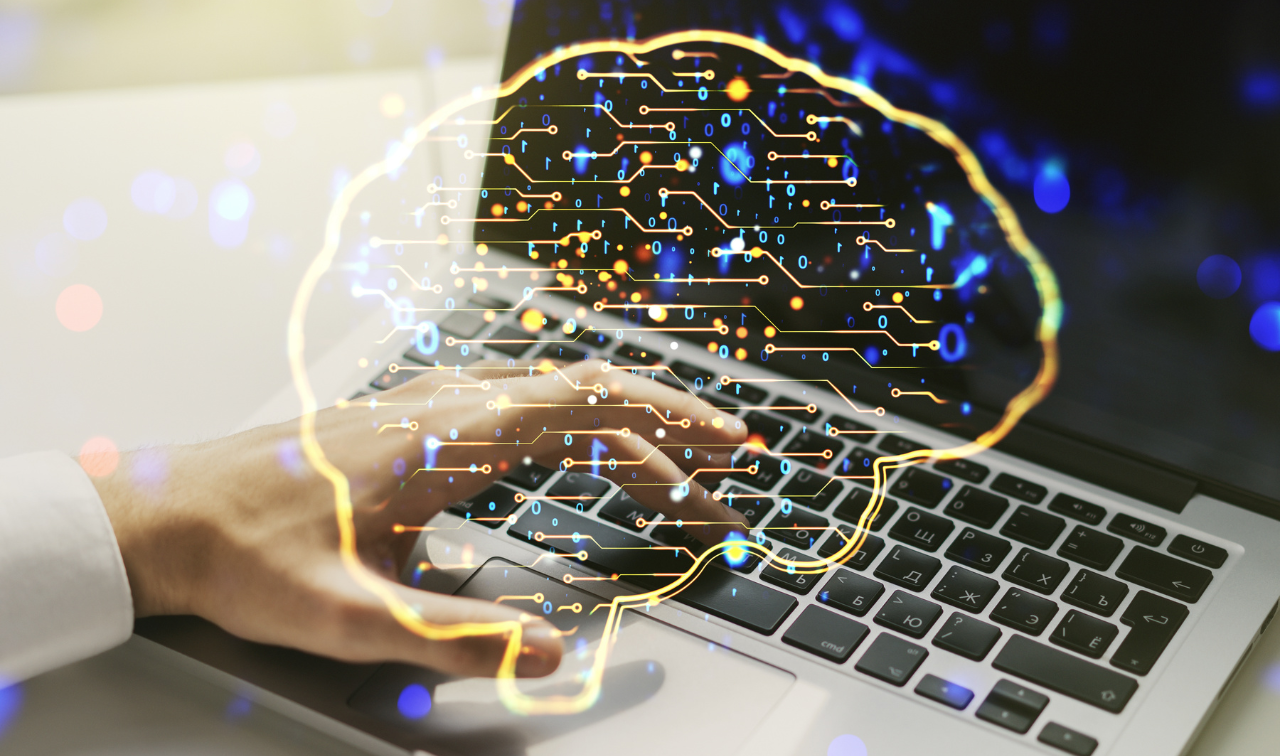Machine learning: what it is, how it works and what it is for5 min read
Machine learning and neural networks are computer techniques that allow you to teach human behavior to a computer or robot through machine learning programs. Algorithms use methods that allow them to learn information directly from data, without mathematical models or predetermined equations.
These types of algorithms are adaptive, so as the examples to learn from increase their performance they improve. Let’s therefore see in detail what are the various characteristics of this technology.
What is Machine Learning
Machine learning, in the traditional sense of computer science, is a process that refers to the ability of machines to learn without having previously been programmed.
Machine learning allows computers to learn from experience: there is learning when the program manages to improve its performance after carrying out or completing an action, even wrong, since the principle of “wrong you learn” is valid.
In a computer-based way all this means that instead of writing a programming code with which the computer is told what to do, the program is given only blocks of data that are processed independently by the algorithms, in this way the machine will develop the logic itself to carry out the required task.
How Machine Learning works
Machine learning is a process that can work based on two main types of approaches, supervised learning and unsupervised learning. The first, the supervised one, relates to the fact that the computer is given complete examples to follow in order to carry out the required task; unsupervised learning, on the other hand, requires that the program be let work without any kind of help. Let’s see in detail these two types and the various subsets that characterize them.
Supervised learning
With this type of machine learning, both a set of information and the desired results data are given to the machine. The ultimate goal is to have the system find a general rule that connects incoming data with outgoing data, so that it finds the logical link between the information provided so as to create a rule that can then be applied to similar cases.
Unsupervised learning
In this machine learning category, only datasets are provided to the machine without any indication of the desired result. The purpose of this method is to trace back to hidden patterns or schemes, and then identify within the inputs a logical structure that has not already been labeled.
Reinforcement learning
For reinforced learning, reference is made to the type of Machine Learning in which the system must interact with a dynamic environment (from which it draws input data) and achieve a goal, thus obtaining a reward. With this type of method, the algorithm also learns from errors, which are identified by punishment. In summary, the learning scheme is based on a “routine” of reward and punishment.
With this type of model, for example, the computer learns to beat an opponent in a game by focusing on performing a precise task with the aim of maximizing reward; the system then playing will be wrong and be punished, it will no longer repeat the wrong actions and the performance will improve.
Semi-supervised learning
This is a hybrid model, where the computer is provided with an incomplete set of data. Some of these then have their own output as in supervised learning, while others lack it, as in the unsupervised. The ultimate goal, however, remains the same, to identify rules and functions for solving problems with the respective data models to achieve particular goals.
Other approaches to machine learning
There are other subcategories of Machine Learning, based on a “practical” classification because they refer to the concrete approaches of application of the various algorithms, from which precisely the categories of learning of the systems are derived.
The clustering model
These are mathematical models in which “similar” information and data are grouped together: there are therefore various learning models that deal with identifying a “cluster” and its nature and models that instead deal with recognizing which “objects” are part of one group instead of another.
Probabilistic models
This type of model bases its learning process on probability calculation, the most famous among being the “Bayes network”, a model that represents in a graph (mathematical structure) the set of variables and their conditional dependencies.
Machine learning and neural networks
Finally, we have models based on artificial neural networks that use algorithms inspired by the structure and functioning of biological neural networks, then the human brain, for learning. There are also multi-layer neural networks that relate to the deep learning category, so deep and more layered learning. An artificial neural network receives external signals (input) on a layer of input nodes (comparable to neurons), each of which is connected with numerous internal nodes, organized in several levels. Each node processes the received signals and transmits the result to subsequent nodes.
Machine learning applications
The applications of this technology are numerous, many of which are already part of our daily lives without us realizing it.
First example of all a search engine, through keywords they return results that are the result of an unsupervised learning algorithm. Another very common example is email spam filters, whose machine learning systems continuously learn to recognize suspicious emails and act accordingly, then deleting them before they are placed inside the main inboxes.
Recommendation systems are also based on machine learning, when we navigate particular websites or applications, perhaps shopping or video streaming will be suggested to us products over time selected on the basis of our past research.
Contents is an innovative, high-performance marketing tech company that has developed a proprietary software platform that analyses, produces and distributes original content. Contents also uses the Natural Language Generation system, based on Artificial Intelligence, which allows us to create natively multilingual and personalised content in seconds, without the need for human intervention. Our services are designed for e-commerce, editors and web agencies. Sign up for free!




